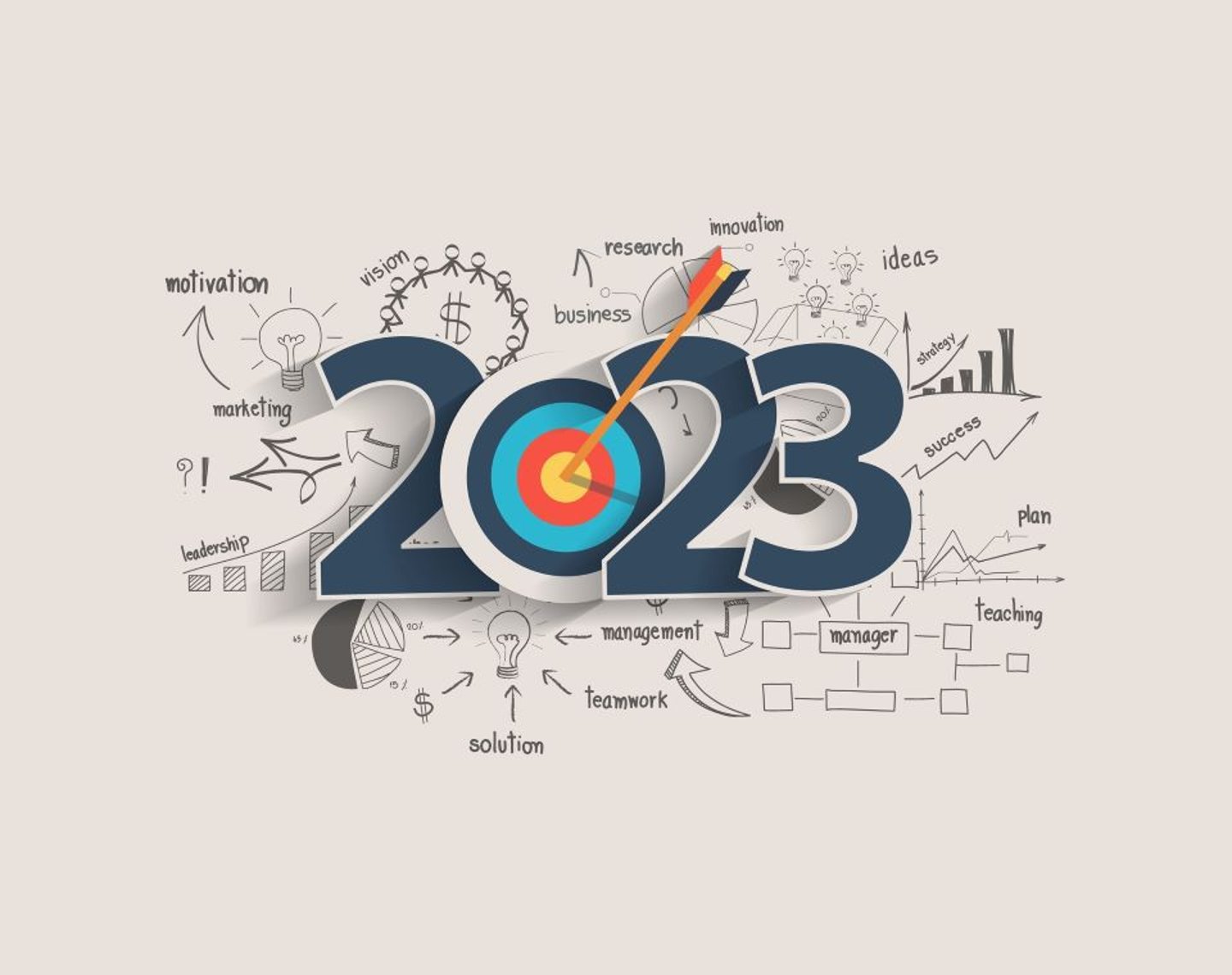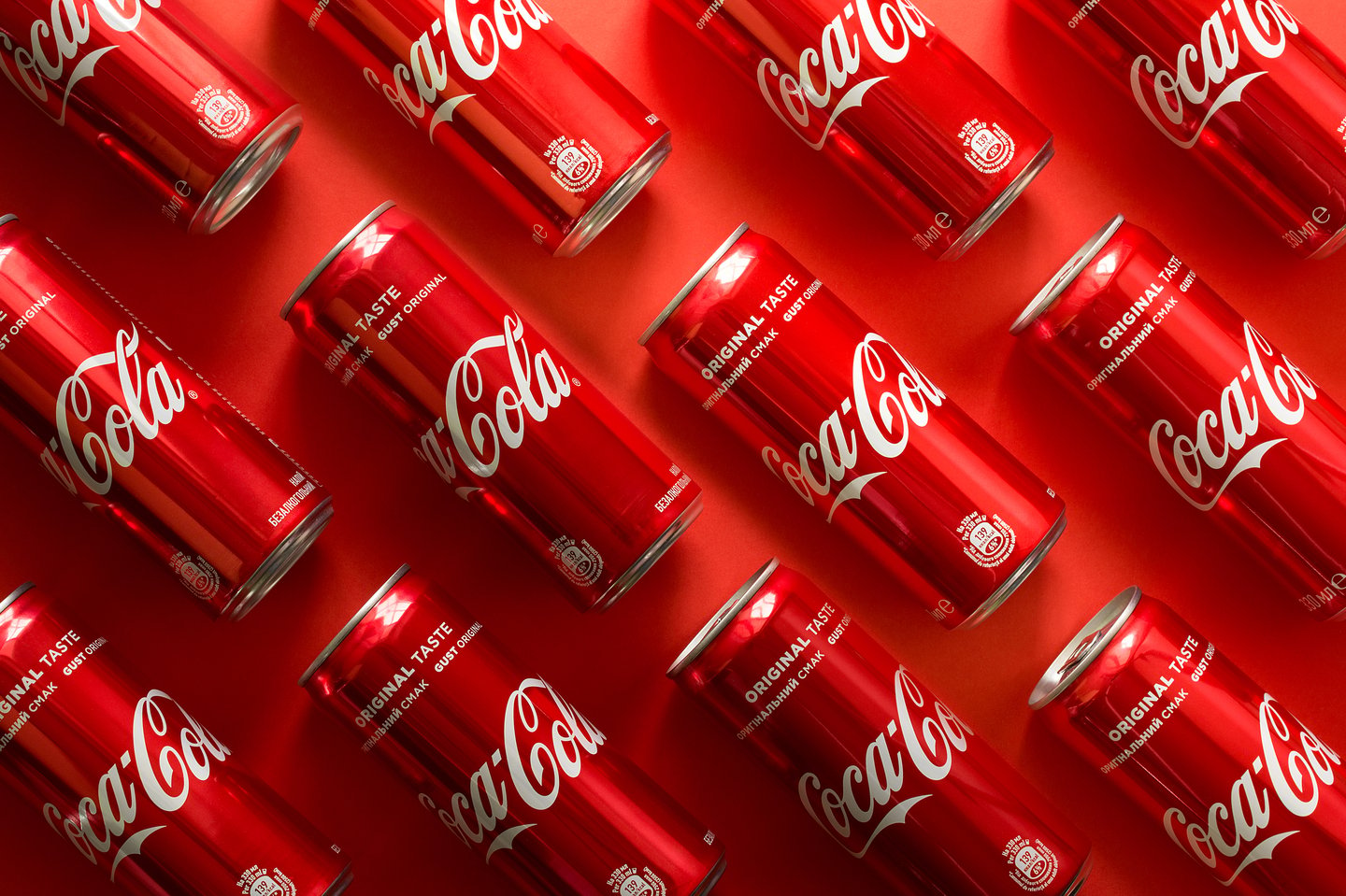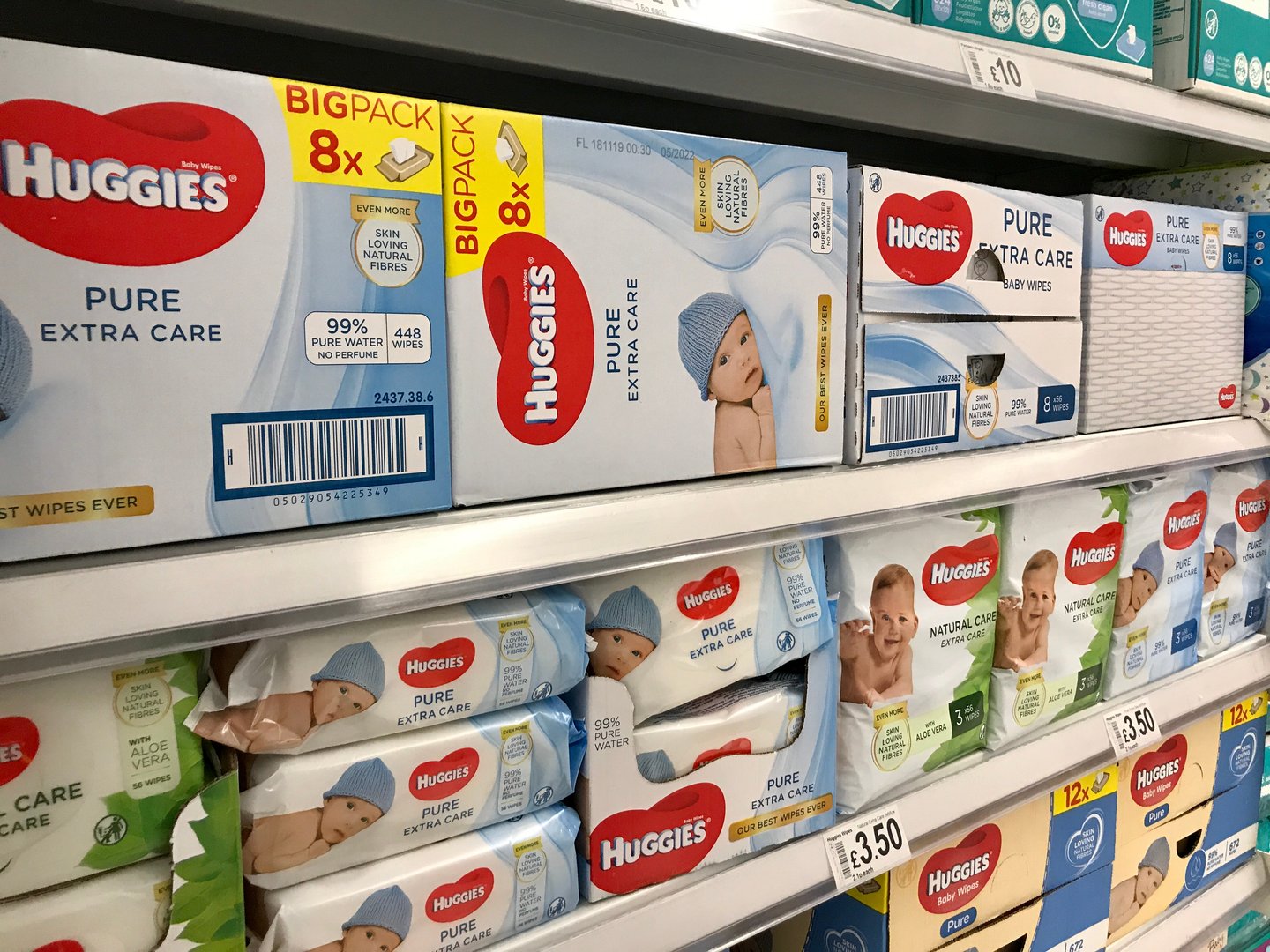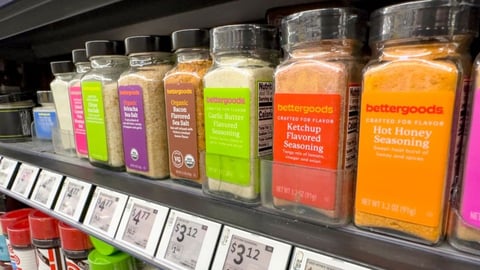Keurig Dr Pepper, 3M, Coca-Cola, P&G, and More Double Down on Digital Investments
While it may feel like the economy has been in a perpetual state of volatility over the past year, it hasn’t slowed strategic investments for some of the leading companies in the consumer goods space.
From expansion in digitalization to supply chain transformations and centralization and automation approaches, companies like Keurig Dr Pepper, Coca-Cola, P&G, and more are focusing on long-term, sustainable growth that will help them continue navigating these rough waters to stay ahead of the competition.
Here is an overview of the latest round of investments according to recent earnings calls from some of CG’s biggest players.
Keurig Dr Pepper
The company is investing heavily in its connected brewers technology on the Keurig side of the business which provides the enterprise with the ability to better understand consumption on a real-time basis.
“Translating that into a smart auto reorder program is very exciting as we continue to move forward and build the number of households that have a smart brewer. So a lot more conversation on that point to come.” — Robert Gamgort, CEO, Keurig Dr Pepper
This falls in line with recent supply chain realignment efforts to accelerate enterprise-wide productivity and optimize growth.
Coca-Cola
Coca-Cola has recently targeted interactive tech experiences for its latest round of investment, including the application of QR codes and experimentation within a growing area of interest: generative artificial intelligence.
Through its Coke Studio initiative, the company has integrated QR codes on packaging so consumers can enjoy live, digital music experiences by simply scanning their favorite products. Additionally, the company has tapped generative AI within its promotion cycle.
“We've partnered with OpenAI and ChatGPT and DALL·E to run a promotion where you could design Coke advertising and have it come up on the Times Square billboard.” — James Quincey, CEO, Coca-Cola
Coca-Cola has also had its eyes set on revenue growth management, navigating macroeconomic uncertainty by implementing enhanced RGM capabilities.
“It’s important to recognize our RGM capabilities extend far beyond pricing. At its core, revenue growth management is about consumer-centric segmentation, ensuring we have the right products in the right package, in the right channel, at the right price point, drive transactions and meet consumers where they are,” said Quincey.
P&G
Procter & Gamble said it continues to drive growth in four major areas: Supply Chain 3.0, digital acumen, environmental sustainability, and employee value equation. According to the company, between automation and digital capabilities being integrated into its supply chain strategy, P&G expects to deliver about $1.5 billion in savings.
“These are not new or separate strategies; they are necessary elements in continuing to build superiority, reduce costs to enable investment, and value creation and to further strengthen our organization.” — Andre Schulten, Chief Financial Officer, P&G
One of the most notable recent efforts includes the company’s launch of a supply chain platform for its retail partners.
Kimberly-Clark
The company’s recent area of focus has been revenue growth management. According to Kimberly-Clark, the company has invested in building out its RGM analytics capability in the last few years.
“We've invested in building strong revenue growth management capability and that has been critical to our agile and effective price deployment globally.” — Mike Hsu, CEO, Kimberly-Clark
In November of last year, CGT got a closer look at this approach, speaking with Alison Lewis, the company’s chief growth officer, to learn how Kimberly-Clark is more carefully collecting, cleaning, and organizing its in-market data into data lakes so it can act more deliberately.
3M
The company is making some significant moves to reduce costs and streamline efforts. Among these include strengthening its supply chain, eliminating management layers across the company, and reducing corporate shared services like its central design group.
Across the supply chain, 3M is simplifying its structure and implementing tools to remove redundancy, improve productivity, and elevate inventory, planning, sourcing, and logistics. The company plans to prioritize efforts in its largest factory operations.
This approach will include eliminating about 6,000 positions globally and reducing 2,500 global manufacturing roles.
“We are also simplifying and modernizing our technology by moving to the cloud and removing hundreds of legacy systems. This reduces costs and provides us greater agility and flexibility to invest in differentiated digital areas like data, analytics, and automation while increasing investments in cybersecurity.” — Mike Roman, CEO, 3M
Newell
Newell has centralized manufacturing across its supply chain, optimizing efforts and providing a unified global front. The company has already seen improvements, including in matching raw material and sourced finished goods orders and internal manufacturing production to real-time customer order patterns.
“We continue to believe that a unified global supply chain organization will drive significant cost and service efficiencies, improve our supply chain resiliency, further enhance the company's technical capabilities, strengthen our culture of customer connection and collaboration, and position us to become a best-in-class scaled general merchandise supplier to our retail partners.” — Mark Erceg ,CFO, Newell







